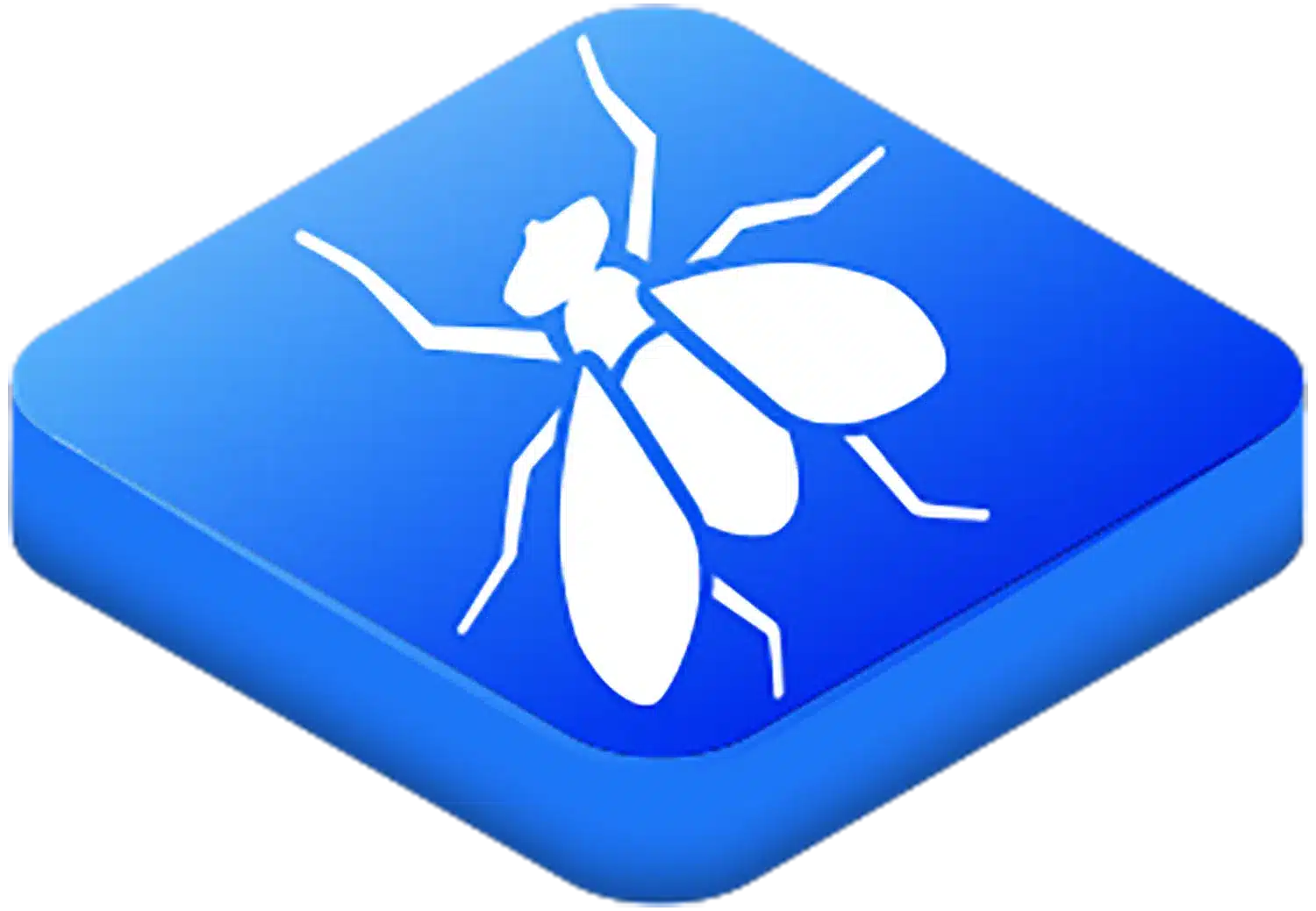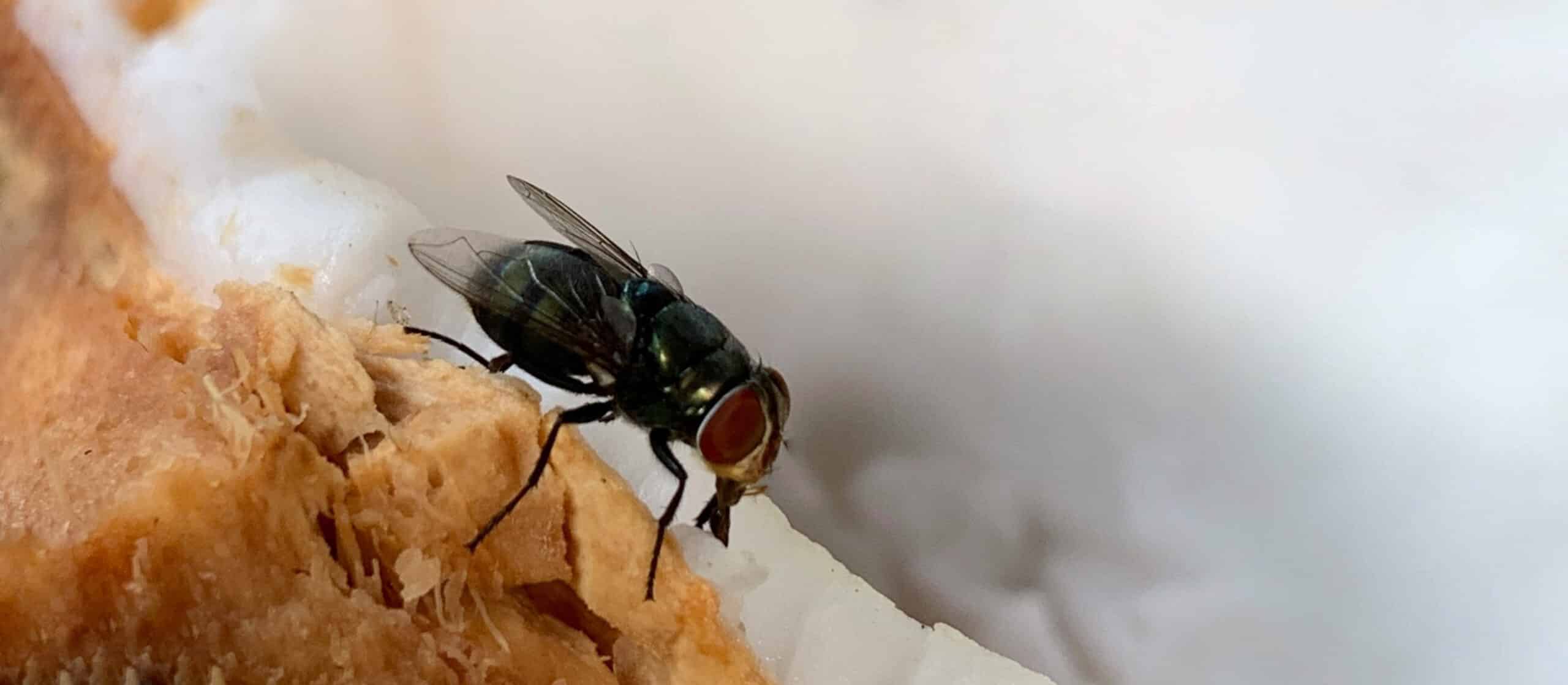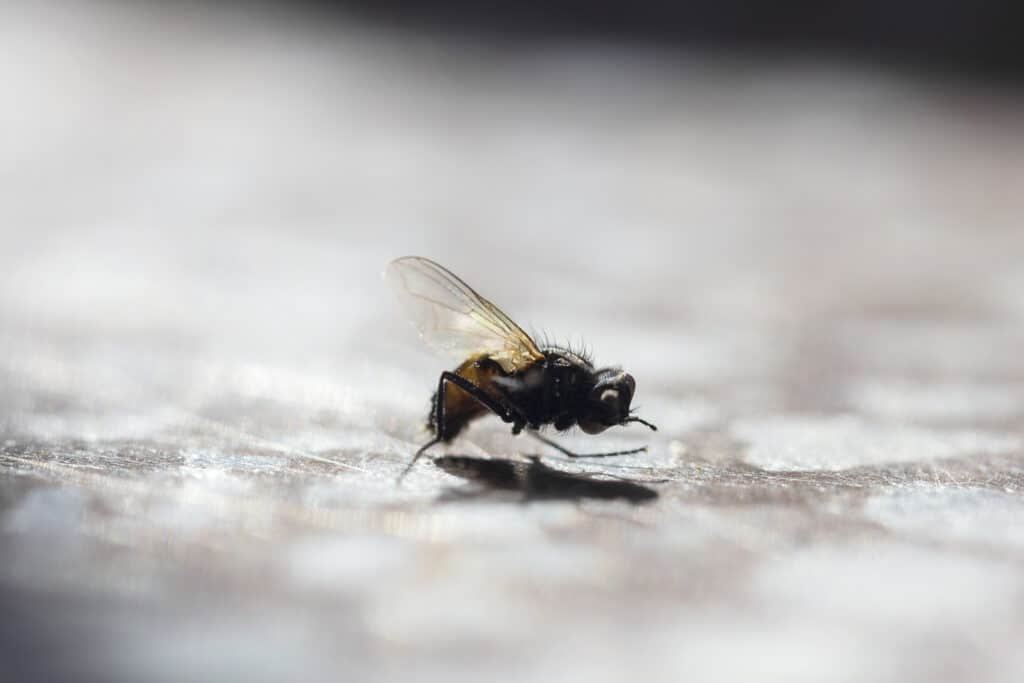
Types of Flies in Tennessee: Identification & Pest Control
Quick Facts About Flies
Flies are common pests in Tennessee homes and businesses, falling into two main categories: domestic flies (nuisance flies) and biting flies. Each type poses different risks to your health and safety, requiring specific identification for effective treatment and elimination.
- Size: Range from 1/8 inch to 1/2 inch depending on species
- Color: Varies by species (gray, black, metallic blue/green, yellow)
- Shape: Most have oval bodies with two wings
- Active Season: Most active during spring through fall
- Lifespan: 1-6 weeks depending on species
- Reproduction Rate: Can produce multiple generations in a single season
What Do Flies Look Like?
Most flies have a similar body structure with a head, thorax, and abdomen, along with a single pair of wings and large compound eyes. However, their appearance varies significantly by species, with differences in size, coloration, and body markings that help identify the specific type of fly infestation you may be experiencing.
Key Identifying Features
- Single pair of wings (unlike most flying insects that have two pairs)
- Large compound eyes that often take up most of the head
- Short antennae that vary in appearance between species
- Six legs attached to the thorax
- Specialized mouthparts either for lapping up liquids (domestic flies) or piercing skin (biting flies)
Types of Flies: Pest ID Guide
Domestic Flies
Domestic flies are nuisances that contaminate surfaces and food but don’t bite humans. These include:
House Flies
- Size: 1/4 inch long
- Appearance: Gray with four dark stripes on thorax
- Diet: Animal feces and garbage
- Lifespan: 7-45 days
- Active: Late summer and early fall
Flesh Flies
- Size: Up to 1/2 inch long
- Appearance: Gray with checkerboard pattern on abdomen
- Diet: Garbage, fresh manure, animal carcasses
- Lifespan: 2-4 weeks
- Active: Warmer months
Blow Flies
- Size: 1/4 to 1/3 inch long
- Appearance: Metallic blue or green body
- Diet: Animal carcasses, rotting meat
- Lifespan: 2-4 weeks
- Active: Spring and summer
Fruit Flies
- Size: 1/8 inch long
- Appearance: Yellow or dark yellow tint
- Diet: Decaying fruit, vegetables, house plants
- Lifespan: 1-2 weeks
- Active: Late summer and early fall
Phorid Flies
- Size: Similar to fruit flies (1/8 inch)
- Appearance: Resembles fruit flies but with a humped back
- Diet: Decaying vegetation
- Lifespan: 1-2 weeks
- Active: Warmer months
Cluster Flies
- Size: Slightly larger than house flies
- Appearance: Similar to house flies but move slowly
- Diet: Parasites of earthworms
- Lifespan: 4-6 weeks
- Active: Spring and fall when temperatures change
Biting Flies
Biting flies actively attack humans and livestock, causing painful bites:
Horse Flies
- Diet: Warm-blooded and domesticated animals, dogs, cats, and humans
- Behavior: Cause extremely painful bites
Black Flies
- Diet: Domesticated animals, dogs, and cats
- Behavior: Bites cause extreme irritation, pain, and sometimes rashes
Sand Flies
- Size: Tiny (often called “no-see-ums” or “black gnats”)
- Diet: Humans, reptiles, mammals, and birds
- Behavior: Bites can be severe and take weeks to heal
Health & Property Risks
Health Concerns
- Different fly species present varying health risks to humans and pets.
- Disease transmission through contamination of food and surfaces
- Painful bites that can become infected (biting flies)
- Allergic reactions to bites or fly presence
- Stress and discomfort from persistent infestations
Property Damage
- Though flies don’t directly damage structures like some pests, they can cause other issues.
- Food contamination requiring disposal
- Staining on surfaces from fly excrement
- Negative impact on business reputation (particularly in food service)
- Disruption of outdoor activities and entertainment spaces

When to Call Professional Help
- Professional intervention becomes necessary when:
- Multiple fly species are present
- Infestations persist despite improved sanitation
- You cannot locate breeding sources
- Biting flies are causing health concerns
- DIY treatments have failed to control the population

